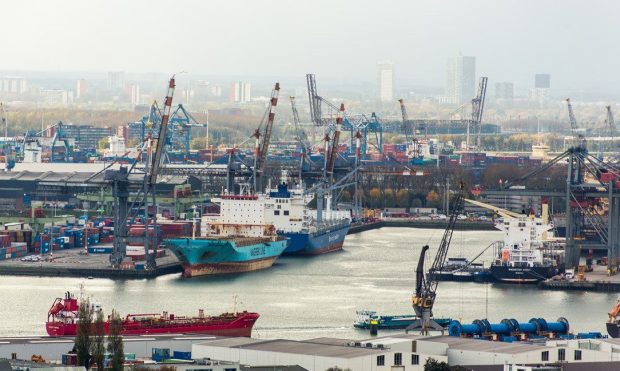Digitization Speeds Approvals, Closes Gaps in EU Trade Finance Sector

Digital technologies are driving innovation in trade finance, enabling faster decision-making and more streamlined processes.
In the past, trade finance was bogged down by lengthy risk assessment and underwriting processes, and accessing credit could take days or weeks, especially if it was a business’s first time doing so. But as the digital toolkit deployed by banks and their partners has grown, the lending process is increasingly accelerated and many trade finance loans can now be approved and paid on the same day.
This has led to the creation of new lending products such as Santander’s recently announced business-to-business (B2B) buy now, pay later (BNPL) product for multinational corporations.
Developed in collaboration with Allianz Trade and Oslo-based BNPL FinTech Two, the solution will enable companies to offer their business clients a consumer-style BNPL option with near-instant approval thanks to Allianz Trade’s API-backed automatic credit assessment technology and database containing financial information on more than 80 million businesses.
Besides speed, API-based credit decision-making processes can make integration by sellers much easier, while extending the reach of business lenders like Santander Corporate and Investment Banking (CIB).
And by plugging decision engines directly into dynamic databases, APIs can also alert sellers and lenders to client risks in real time, helping to protect them against potential defaults.
Platform Model Connects Firms, Lenders and Insurers
Another way trade finance is being digitized is via platforms and marketplaces for trade credit insurance that allow financiers to request quotes from different underwriters.
For example, the Tepfin X platform developed by Hyperion X allows banks and their brokers to obtain quotes from across the structured credit insurance market, helping insurance buyers secure risk coverage at lower costs.
Another prominent player in this space is LiquidX, which has a range of solutions to enable supply chain finance and has built customized trade finance platforms for lenders such as Bank of China and U.S. Bank.
While some banks have built their own trade finance platforms, both marketplace-style solutions and end-to-end lending platforms like Santander’s new BNPL product, third-party software providers are also shaking up the space.
Companies like Swiss-headquartered Komgo, which recently acquired rival GlobalTrade Corporation, help connect businesses to sources of finance by integrating with the different back-office systems of various financial institutions.
Looking to become the go-to digitization solution for the trade finance ecosystem, the Swiss firm has onboarded some of the largest banks in Europe and the U.S., including ABN Amro, Citi and ING. And as the firm looks to expand its footprint globally, in November it welcomed Banco Latinoamericano de Comercio Exterior (Bladex) to the platform.
For all PYMNTS EMEA coverage, subscribe to the daily EMEA Newsletter.